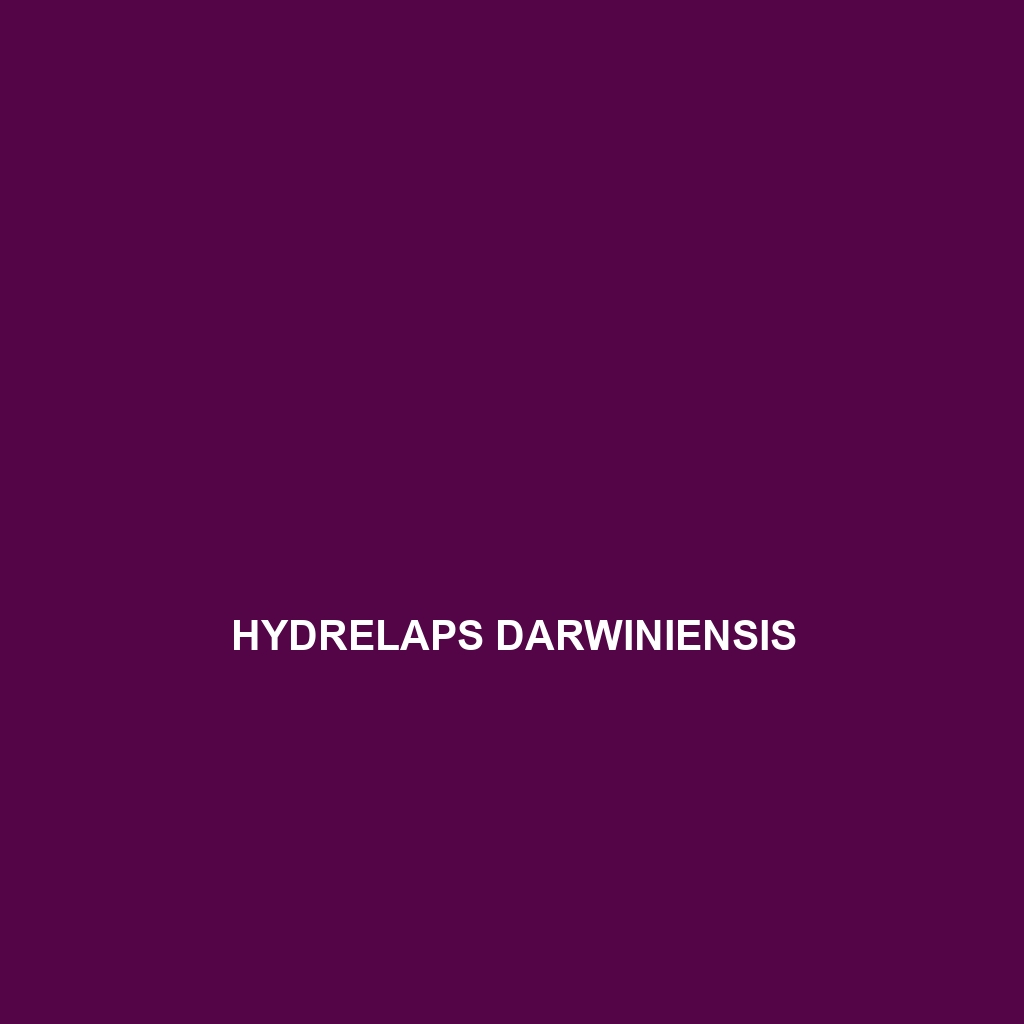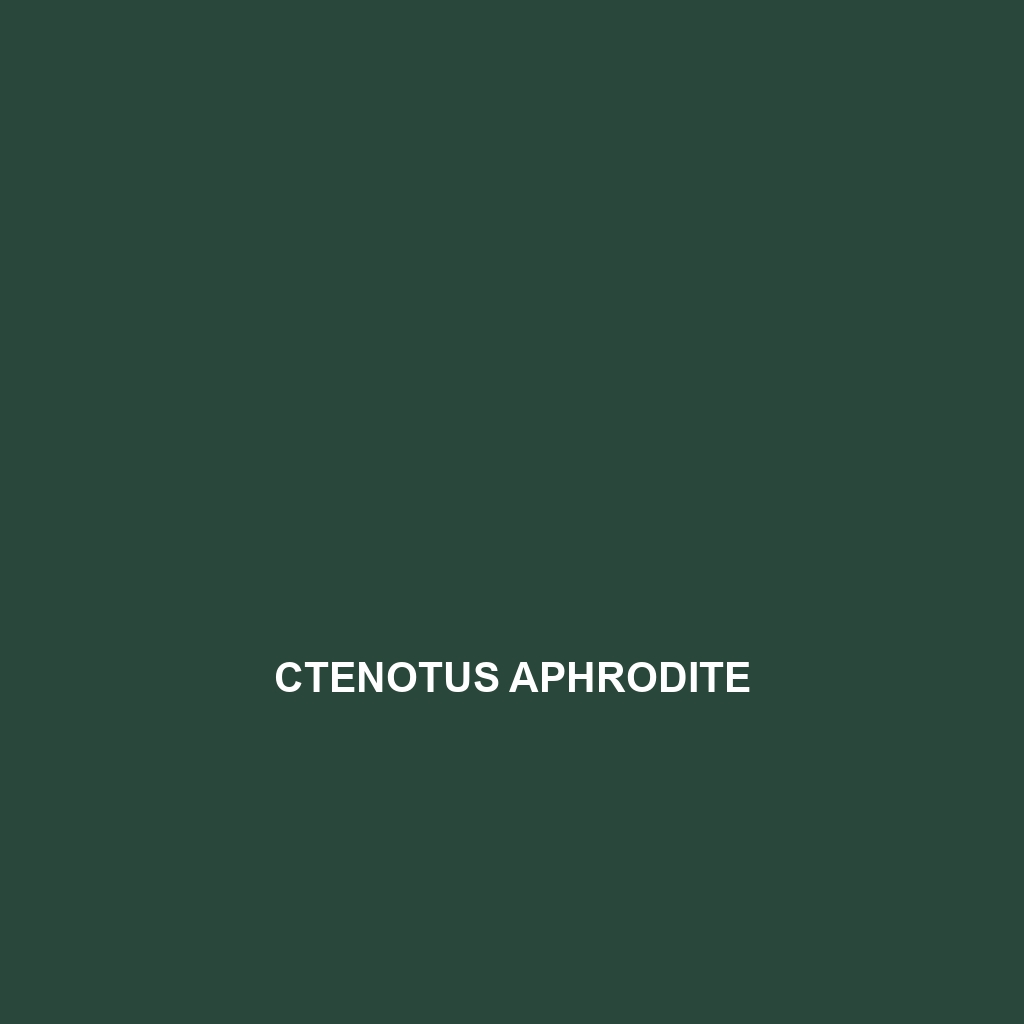Discover the <b>Lerista bipes</b>, or two-toed skink, a fascinating nocturnal reptile native to Australia's arid regions, characterized by its smooth, shiny scales, reduced limb structure, and insectivorous diet. This species thrives in sandy habitats, playing a crucial role in controlling insect populations while showcasing unique adaptations like tail regeneration and effective camouflage.
Tag: Australia wildlife
Lepidodactylus magnus
Discover the Greater Leaftail Gecko (<i>Lepidodactylus magnus</i>), a tropical gem known for its striking leaf-like tail and exceptional camouflage, thriving in the rainforests of New Guinea, the Solomon Islands, and parts of Australia. This nocturnal insectivore plays a crucial role in maintaining ecological balance by regulating insect populations and serving as prey for larger predators.
Hydrelaps darwiniensis
Discover the Hydrelaps darwiniensis, or Darwin's water snake, a remarkable aquatic predator found along the northern coasts of Australia. This sleek, nocturnal snake thrives in diverse environments, boasts impressive swimming abilities, and plays a crucial role in maintaining the balance of its ecosystem.
Gehyra incognita
Discover the Gehyra incognita, also known as the unidentified gecko, a slender, nocturnal insectivore native to subtropical and tropical regions of Australia. With its remarkable ability to blend into diverse environments and a significant role in controlling insect populations, this adaptable species thrives in both natural and urban habitats.
Demansia vestigiata
Demansia vestigiata, commonly known as the slaty-grey snake, a slender, nocturnal predator native to eastern Australia, thriving in sandy woodlands and open grasslands. With a distinct grey or brown coloration and remarkable agility, it primarily feeds on small mammals and lizards, playing a vital role in its ecosystem.
Ctenotus vertebralis
Ctenotus vertebralis, a resilient skink native to Australia's arid regions, features a streamlined body of 15 to 25 cm with distinct tan, brown, and grey coloration, and dark stripes that provide camouflage. This diurnal insectivore plays a vital role in its ecosystem by regulating insect populations and serving as prey for larger predators.
Ctenotus storri
Ctenotus storri is a medium-sized skink found in the arid regions of Australia, characterized by its striking brown and grey coloration, dark stripes, and agile daytime behavior. These insectivorous skinks play a crucial role in controlling insect populations and exhibit unique adaptations for survival in their diverse habitats.</p>
Ctenotus borealis
Ctenotus borealis, commonly found in the arid regions of Australia, is a slender skink known for its distinctive dark stripes and large foxy-shaped head. This diurnal insectivore thrives in sandy soils and plays a vital role in its ecosystem by controlling insect populations and serving as prey for larger predators.
Ctenotus aphrodite
Ctenotus aphrodite The Ctenotus aphrodite, commonly known as the Aphrodite Skink, is a diurnal lizard native to arid regions of eastern and southern Australia, featuring earthy brown and grey coloration for effective camouflage. This agile predator primarily feeds on insects and plays a crucial role in maintaining ecological balance as both a predator and prey.</p>
Cryptoblepharus ruber
Introducing the Red-eyed Skink (Cryptoblepharus ruber), a slender, agile reptile native to the coastal habitats of the southwestern Pacific, featuring striking red eyes and a diet primarily consisting of small invertebrates. Known for its quick movements and unique ability to regrow its tail, this skink plays a vital role in maintaining ecological balance.









